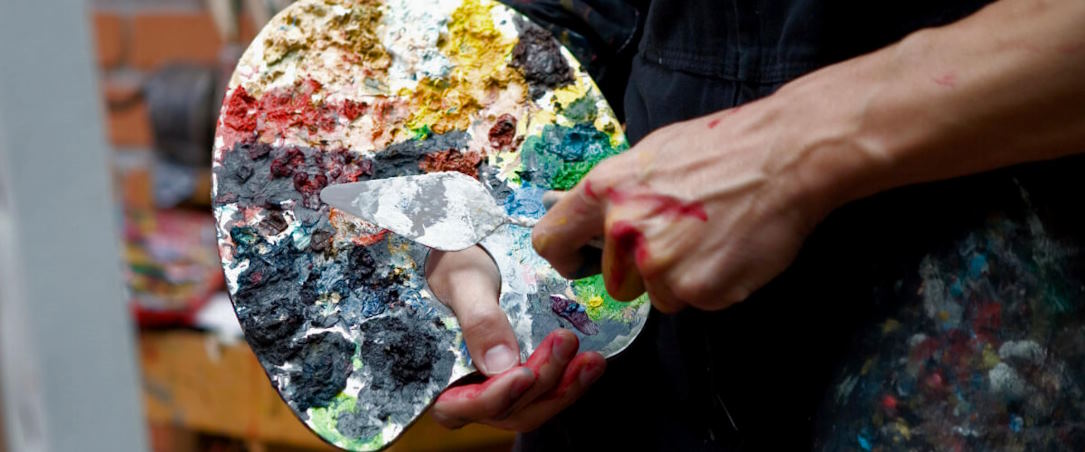The intersection of tradition and innovation has long been a driving force, shaping the evolution of painting materials and techniques. From our ancestors’ ancient cave paintings to the Renaissance and beyond masterpieces, artists have continually sought to push the boundaries of creativity while honoring age-old practices.
How do modern innovations change the painting process?
Whether embracing new pigments, exploring digital tools, or pushing the boundaries of mixed media, artists are harnessing the power of innovation to redefine the art of painting in the 21st century.
New Pigments and Colors
Advances in chemistry have led to the creation of synthetic pigments with a wider range of colors and properties than ever before. These pigments offer artists greater flexibility in color mixing and can produce more vibrant and durable hues compared to traditional organic and mineral pigments.
Water-Based Paints
Traditional oil and solvent-based paints are being replaced or supplemented by water-based alternatives that are safer for artists and the environment. Watercolor and acrylic paints are popular examples of water-based mediums that offer fast drying times, easy cleanup, and compatibility with various surfaces.

Digital Tools and Techniques
The rise of digital painting software and hardware has transformed the way artists create and manipulate images. Digital painting allows for precise control over brushstrokes, color mixing, and layering, as well as the ability to undo and redo actions easily. Artists can combine digital and traditional techniques to achieve unique effects and experiment with different styles.
Mixed Media Approaches
Artists are increasingly incorporating nontraditional materials and techniques into their paintings, blurring the boundaries between painting and other art forms such as sculpture, collage, and printmaking. Mixed-media approaches allow for greater experimentation and innovation, as artists combine diverse materials like textiles, found objects, and photographic elements to create multidimensional artworks.
Precision and Reproducibility
Technological advancements enabled artists to create highly detailed and precise works of art more efficiently and accurately. Tools such as digital printers and 3D scanners allow for the reproduction of paintings on various surfaces and scales, opening up new possibilities for mass production and distribution.

